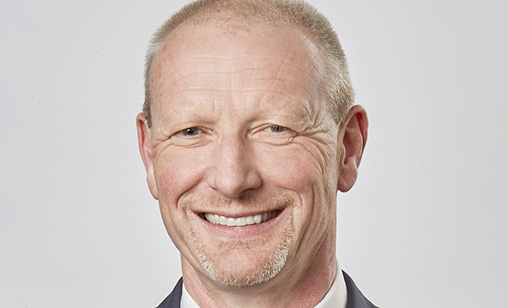Technology
Hurdles ahead to achieve hydrogen powered aircraft
The spotlight is on research into emission-free propulsion systems for jet engines, such as electric power and hydrogen fuel. They will come, says one leading engineer, but not any time soon.
November 1st 2020
Pratt & Whitney senior vice president engineering, Geoff Hunt, is just as excited as everyone else about future propulsion technologies that will ultimately take airlines into a carbon free future. Read More » But he also is a realist who knows before jets can be fueled by hydrogen or driven by electricity, there is a mountain to climb.
“However we look at more radical propulsion technology such as electric, hybrid electric or hydrogen fuel, it’s going to be at least 15 years before we see them in large commercial aircraft, maybe longer,” he said during a panel session at the recent Air Transport Action Group’s (ATAG) 2020 Global Sustainable Aviation Forum - Green Recovery, a virtual, on-line event that brought together representatives from all sectors of the industry to discuss aviation sustainability beyond COVID-19.
 |
He was speaking just days after Airbus revealed three concepts for the world’s first zero-emission commercial aircraft, which could enter service by 2035. Rather than using traditional jet fuel all three designs rely on hydrogen as their primary fuel source alongside batteries to power hybrid engines. In another development late last year the world’s first electric-powered commercial aircraft, a 62-year-old, six-passenger DHC-2 de Havilland Beaver seaplane retrofitted with a 750hp electric motor, flew in Canada.
Hunt said the more challenging question about hydrogen is the infrastructure level required to make it happen. “If we look at running just 10% of the aircraft fleet that operated in 2019 it would require 90% of the hydrogen produced globally that year. And 95% of that was produced from methane, which has its own issues from a climate perspective. The challenge is to convert that hydrogen production to a green source and scale the volume and distribution to supply not just the aviation sector but for other sectors that are starting to pivot towards that fuel source,” he said.
“At P&W we ran our first hydrogen-powered jet engine in the 1950s. You could argue that electric starter generators on aircraft like the B787 represent a toe in the water of a hybrid-electric architecture.
“It has taken decades to establish the excellent standards of safety, reliability and life-cycle cost modern propulsion systems provide and the regulatory system that governs them. It’s one thing to use hydrogen or hybrid electric to generate thrust, it’s another to do it in a way that assures no compromise in those areas.”
On the hybrid-electric side Hunt said “one lesson we can take from other industries is the pace of change in this area can be hard to predict. Today we have the technology to demonstrate what I could consider a mild hybrid on a large commercial scale using motors to provide augmentation to the engine spools. But our designs in this area need to be flexible to allow for the fact that battery technology may accelerate and over the 25-year life of an engine those improvements will possibly be available as drop-in replacements. Adaptable architecture is going to be very important. Regardless of the hurdles we must be pursuing those technologies in a large commercial segment. Developments are first going to be seen in the general aviation and regional space where investments and scale are more manageable,” he said.
In the meantime, said Hunt, the continued focus on driving efficiency that’s brought us 85% overall improvement since the start of the jet age must continue.
“The second critical element is sustainable aviation fuels. Whatever scenario you look at towards 2050 these are core elements of that strategy and P&W, along with other OEMs (Original Equipment Manufacturers), has approved a range of sustainable aviation fuels for use in our engines on a drop-in basis. However, the challenge is for energy providers to scale production from levels of about 40,000 tonnes to the 500 million tonnes that are likely to be needed by 2050.”